Bringing home a new puppy is exciting—until bedtime rolls around, and suddenly, your adorable furball turns into a tiny opera singer in their crate. If you’ve ever found yourself lying awake at night, listening to non-stop whining and wondering, Why did I sign up for this?, you’re not alone.
Crate training is essential, but it doesn’t have to be a sleepless nightmare. Let’s dive into why puppies whine in their crates and how to turn that late-night symphony into sweet silence.
Why Do Puppies Whine in Their Crate?
Before you label your pup as dramatic (though they absolutely are), understand that whining is their way of communicating. Here are the most common reasons behind it:
-
They Need to Go Potty – Young puppies have tiny bladders and may need a bathroom break every few hours, especially at night.
-
They Feel Lonely – Your puppy just left their mom and littermates, and suddenly they’re expected to sleep alone. That’s a big adjustment!
-
They’re Anxious – The crate is new, unfamiliar, and maybe even a little scary.
-
They’re Bored – Puppies have energy to burn. If they’re crated without enough playtime beforehand, expect complaints.
-
They Just Want Attention – Puppies quickly learn that whining can get them what they want—especially if you’ve been responding to it consistently.
How to Stop the Whining (Without Losing Your Sanity)
Good news: your pup will adjust! Here’s how to help:
1. Make the Crate a Happy Place
-
Never use the crate as punishment. It should feel safe and cozy.
-
Add a soft bed, blankets, and a few favorite toys.
-
Consider a snuggle puppy with a heartbeat simulator to mimic littermate comfort.
2. Establish a Routine
-
Take your puppy out for potty breaks right before crating.
-
Keep a consistent bedtime so your puppy knows what to expect.
-
Make crate time a calm experience—avoid high-energy play right before.
3. Ignore Attention-Seeking Whining
-
This one is tough, but rewarding bad behavior only makes it worse.
-
If you know your puppy doesn’t need to potty, don’t give in to whining.
-
Try covering the crate with a blanket for a cozy, den-like feel.
4. Provide Comfort, But Don’t Overdo It
-
Place the crate near your bed for the first few nights to ease loneliness.
-
Speak softly if they whine but avoid excessive interaction.
-
Use calming aids like white noise machines or soft music.
5. Gradually Increase Crate Time
-
Start with short, positive crate sessions during the day.
-
Reward quiet behavior with treats and praise.
-
Slowly extend crate duration as your pup becomes comfortable.
When to Be Concerned
Not all whining is for attention. If your puppy:
-
Suddenly starts whining excessively after being fine in the crate
-
Whines non-stop for over an hour despite routine
-
Shows signs of distress (panting, drooling, trying to escape)
…it’s time to reassess. There could be underlying issues like separation anxiety or a medical concern. Check with your vet if whining persists beyond the typical adjustment period.
Final Thoughts: Stay Patient and Consistent
Crate training takes time, patience, and consistency. Most puppies adjust within a few weeks—but if you stick to a solid routine and avoid reinforcing bad habits, your pup will learn that their crate is a safe, comfortable place (and you’ll finally get some sleep!).
So hang in there! Before you know it, your puppy will snooze happily through the night—whine-free.
Got a crate-training success story? Share it in the comments below! And don’t forget to check out Dogistry for all your stylish puppy training essentials.










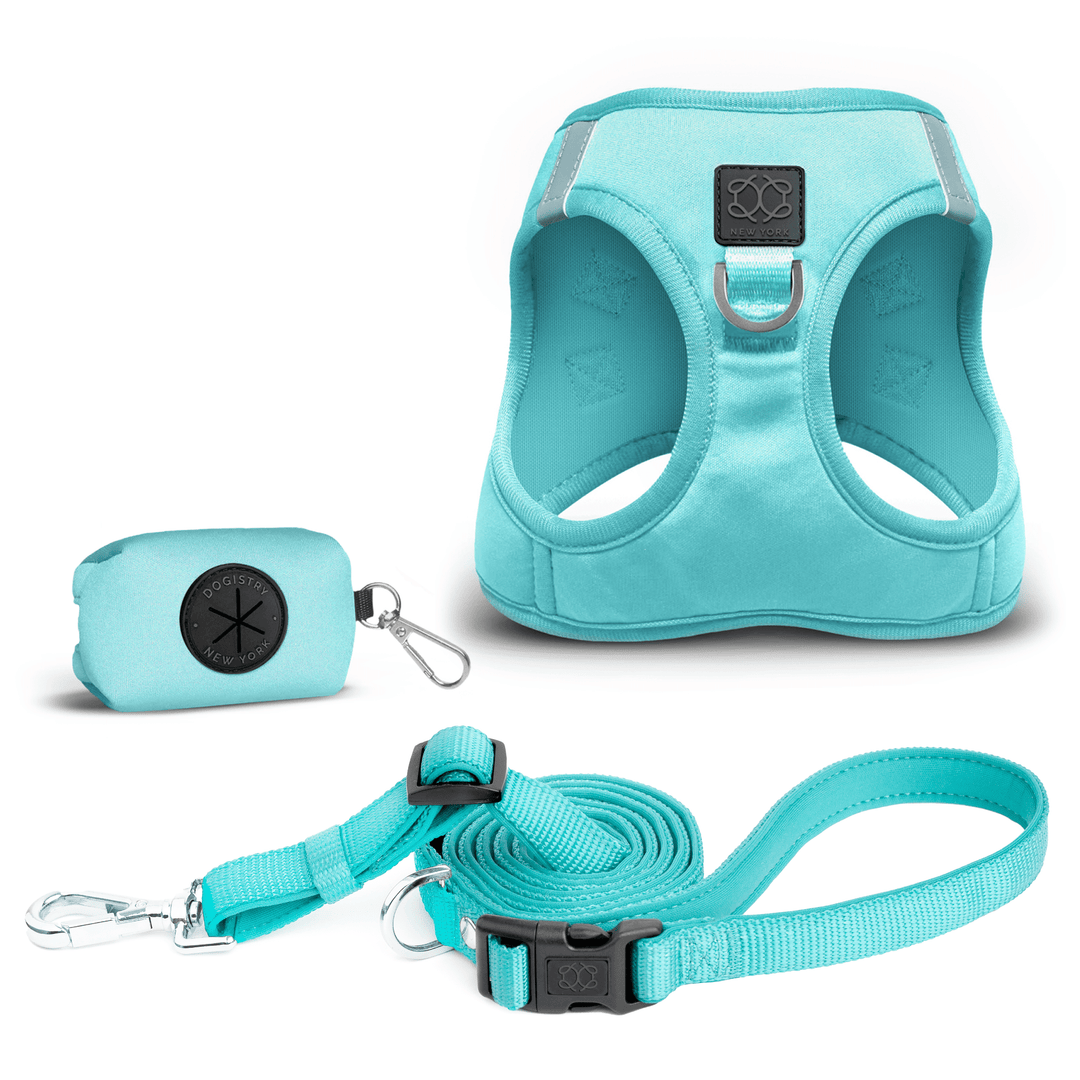
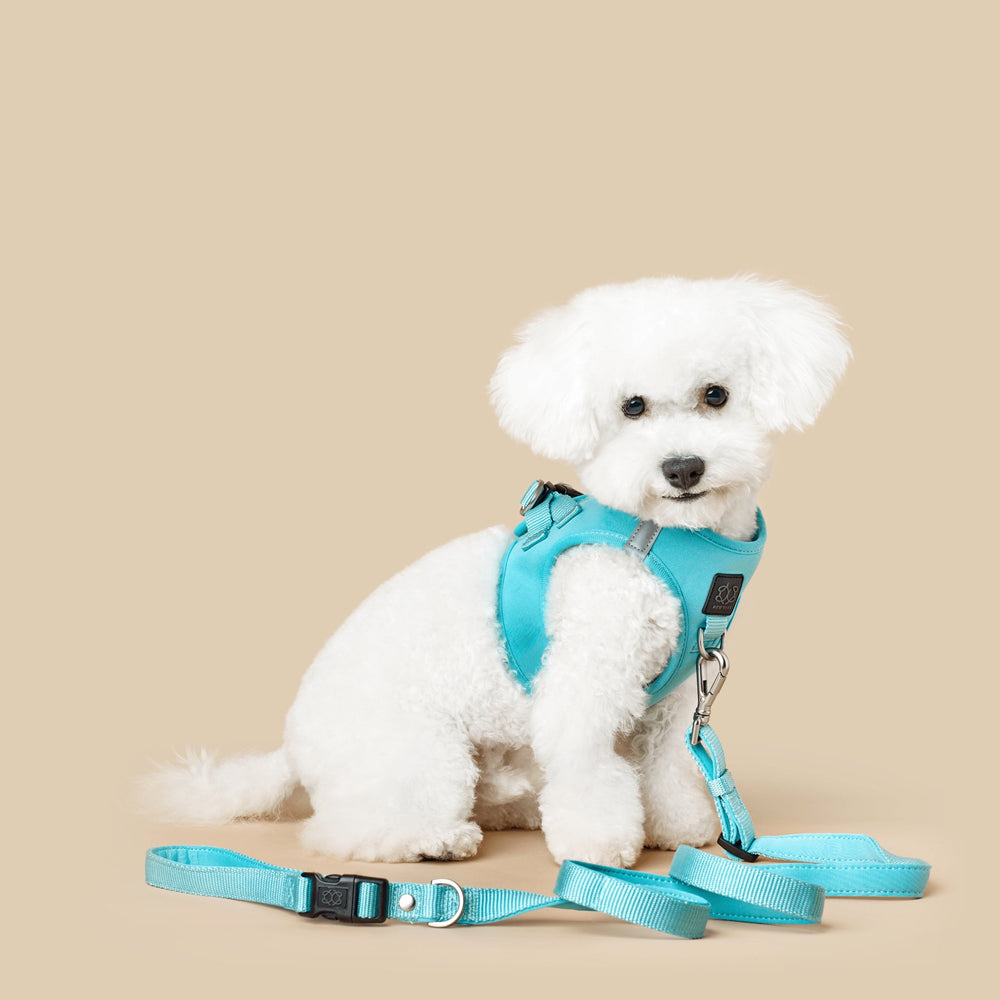
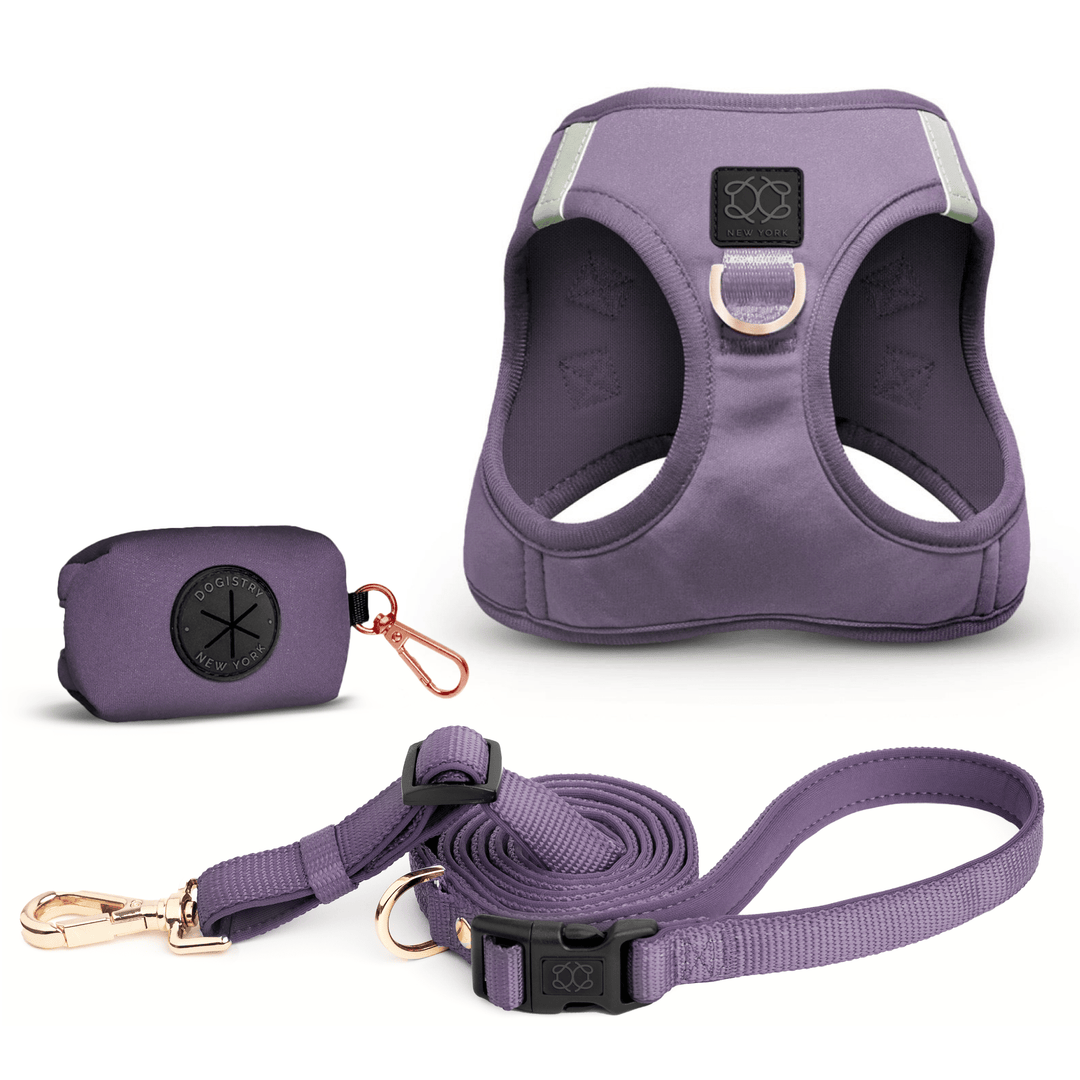
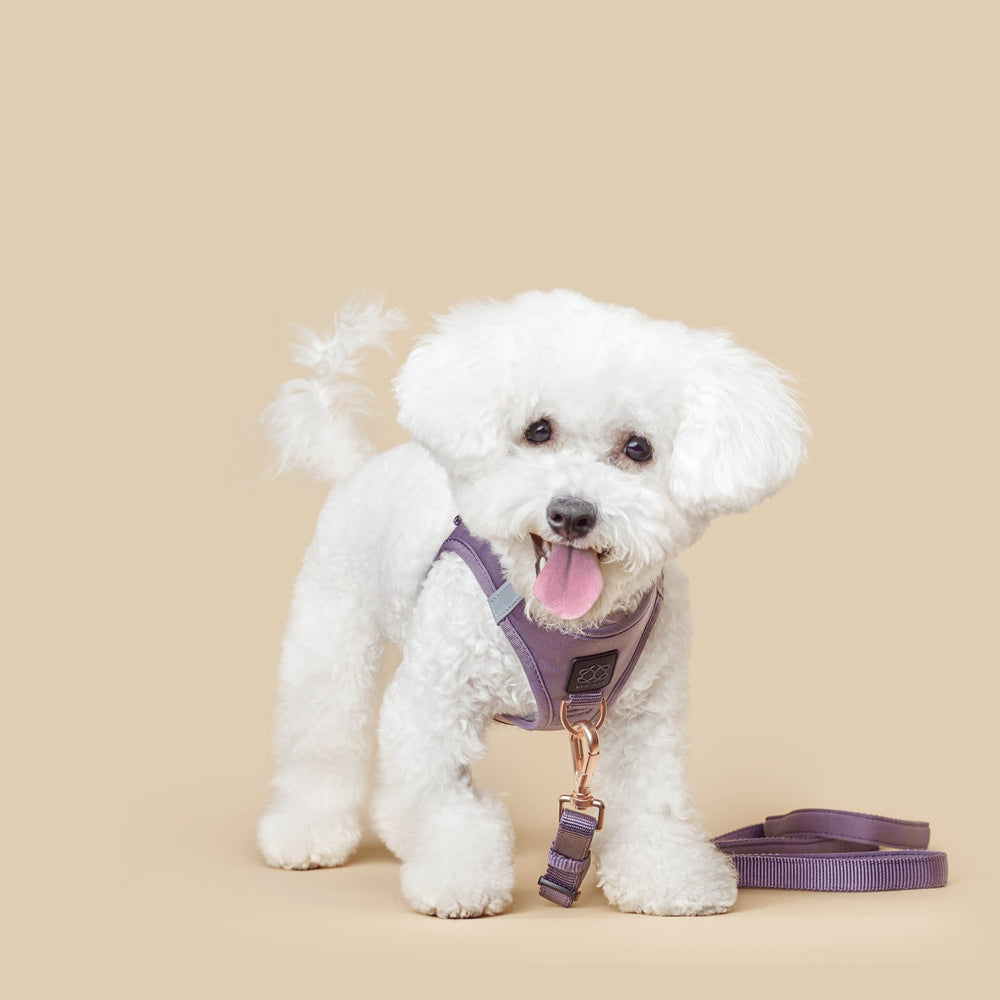
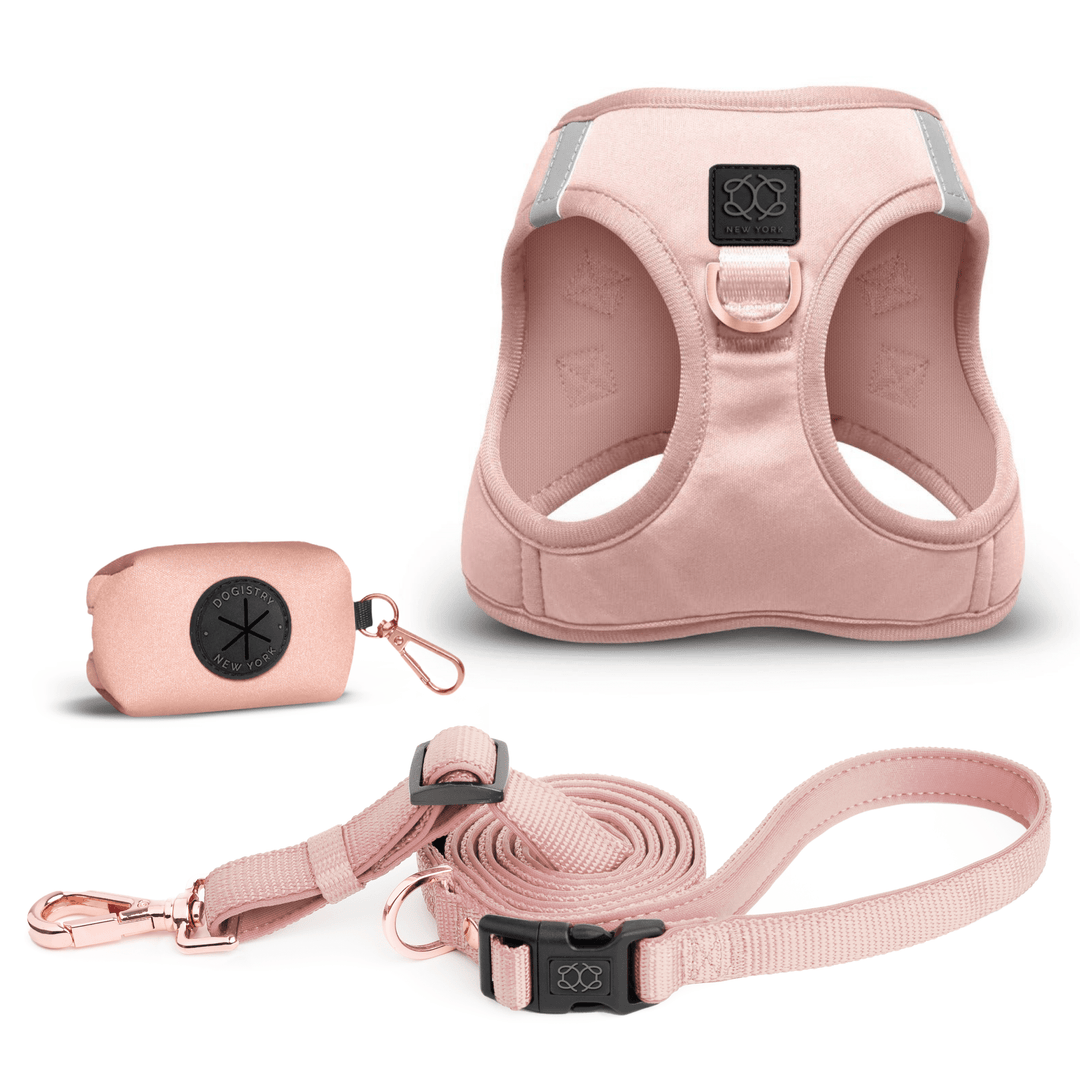
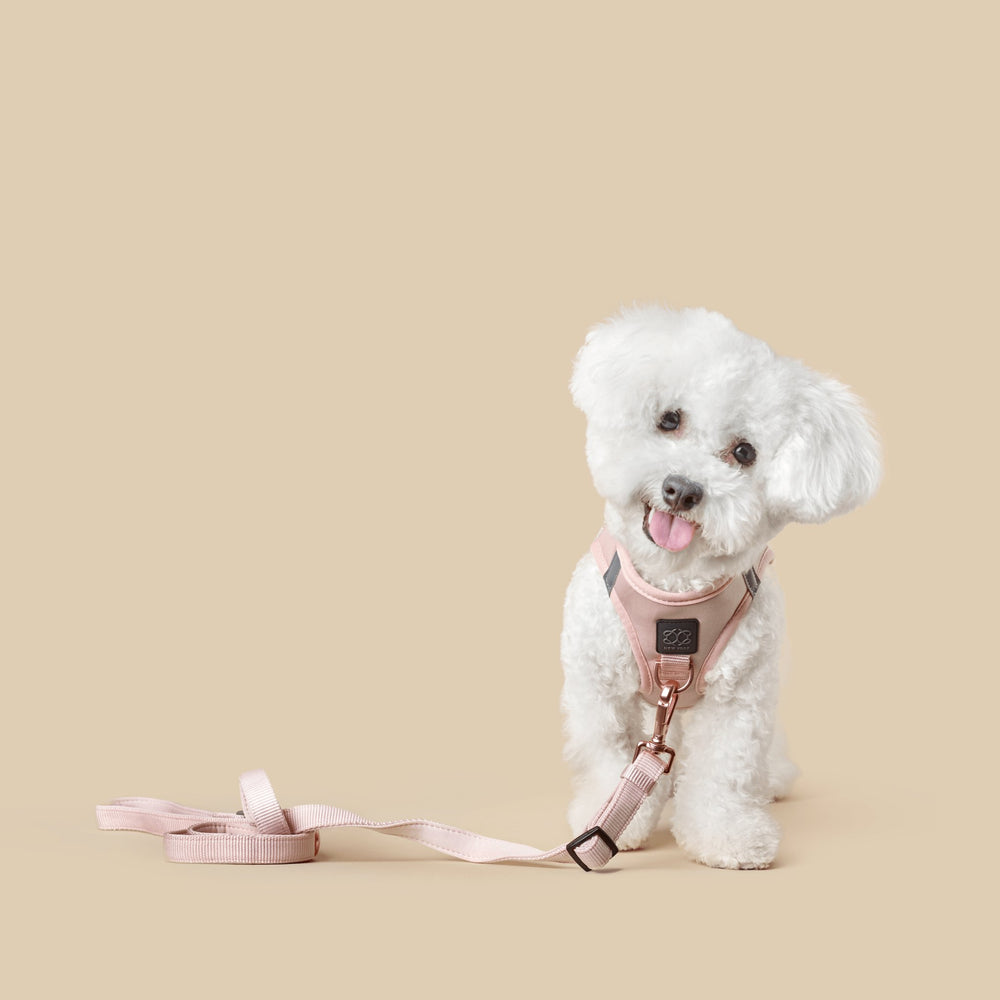


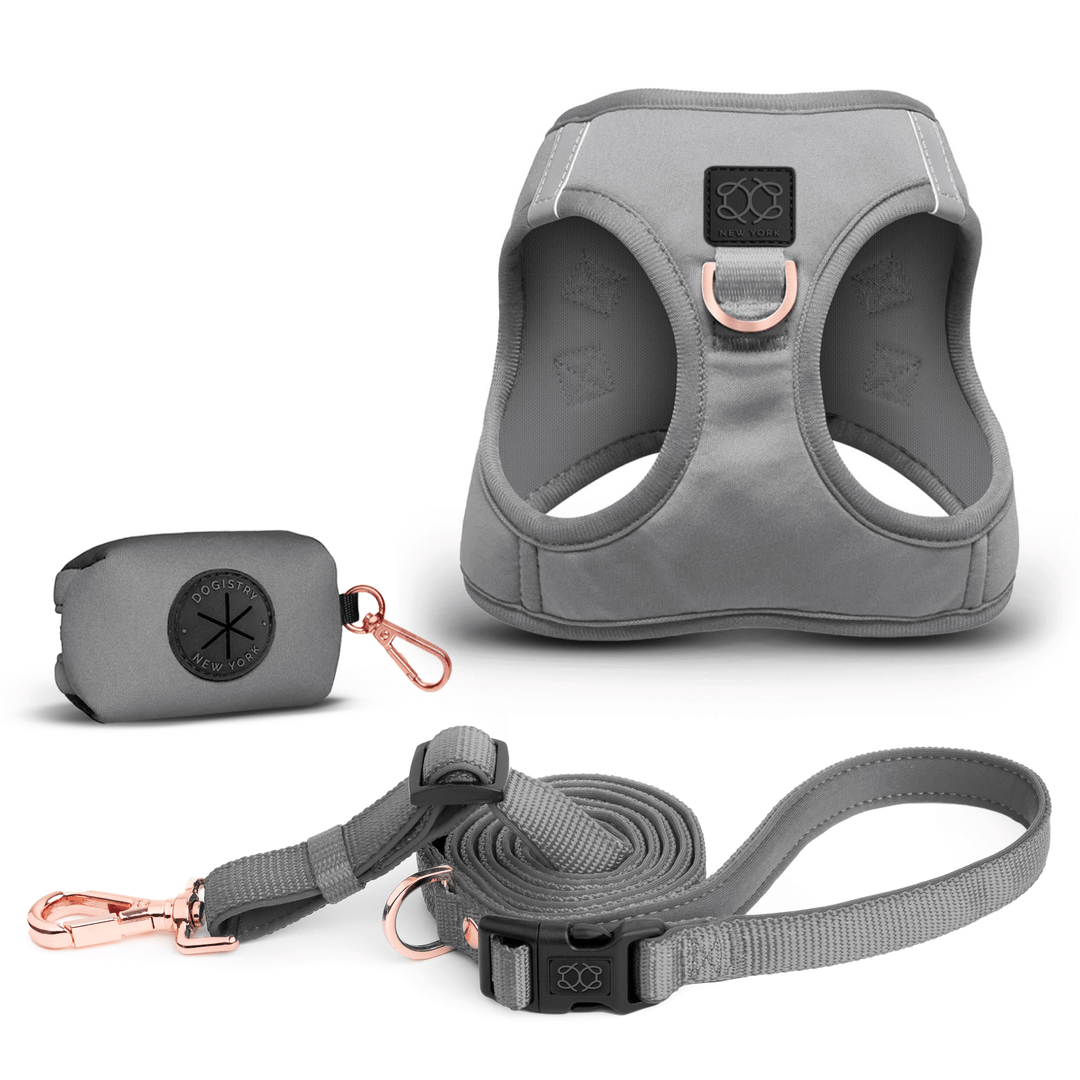
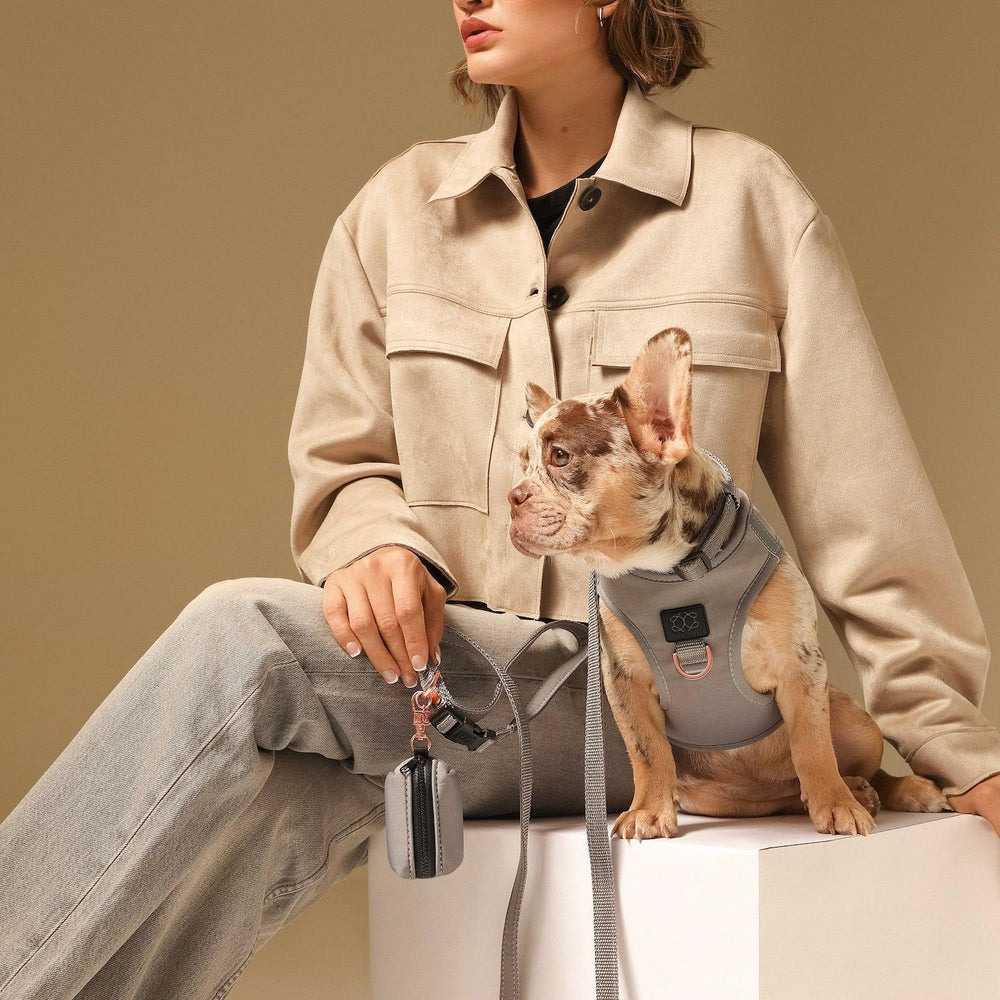


Leave a comment